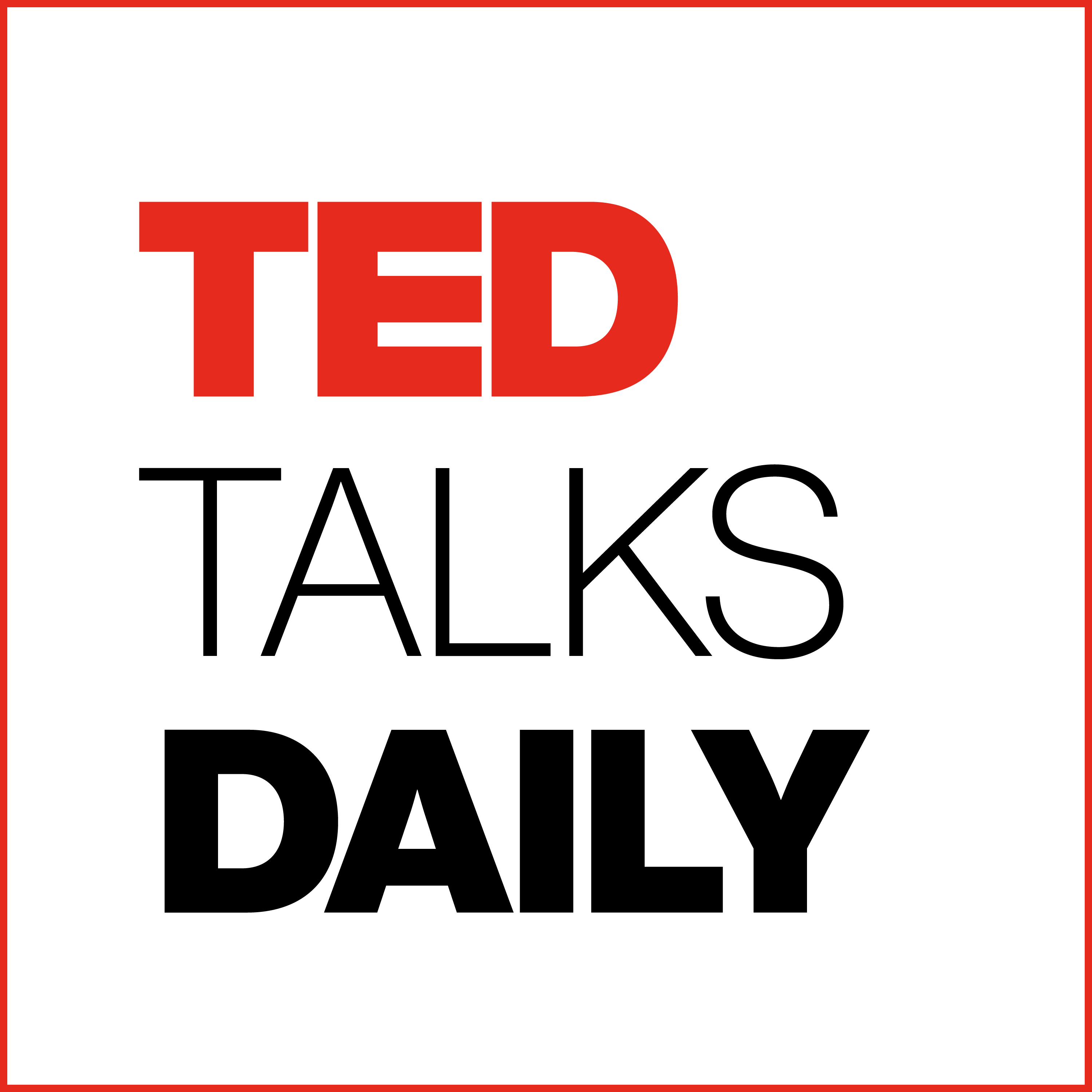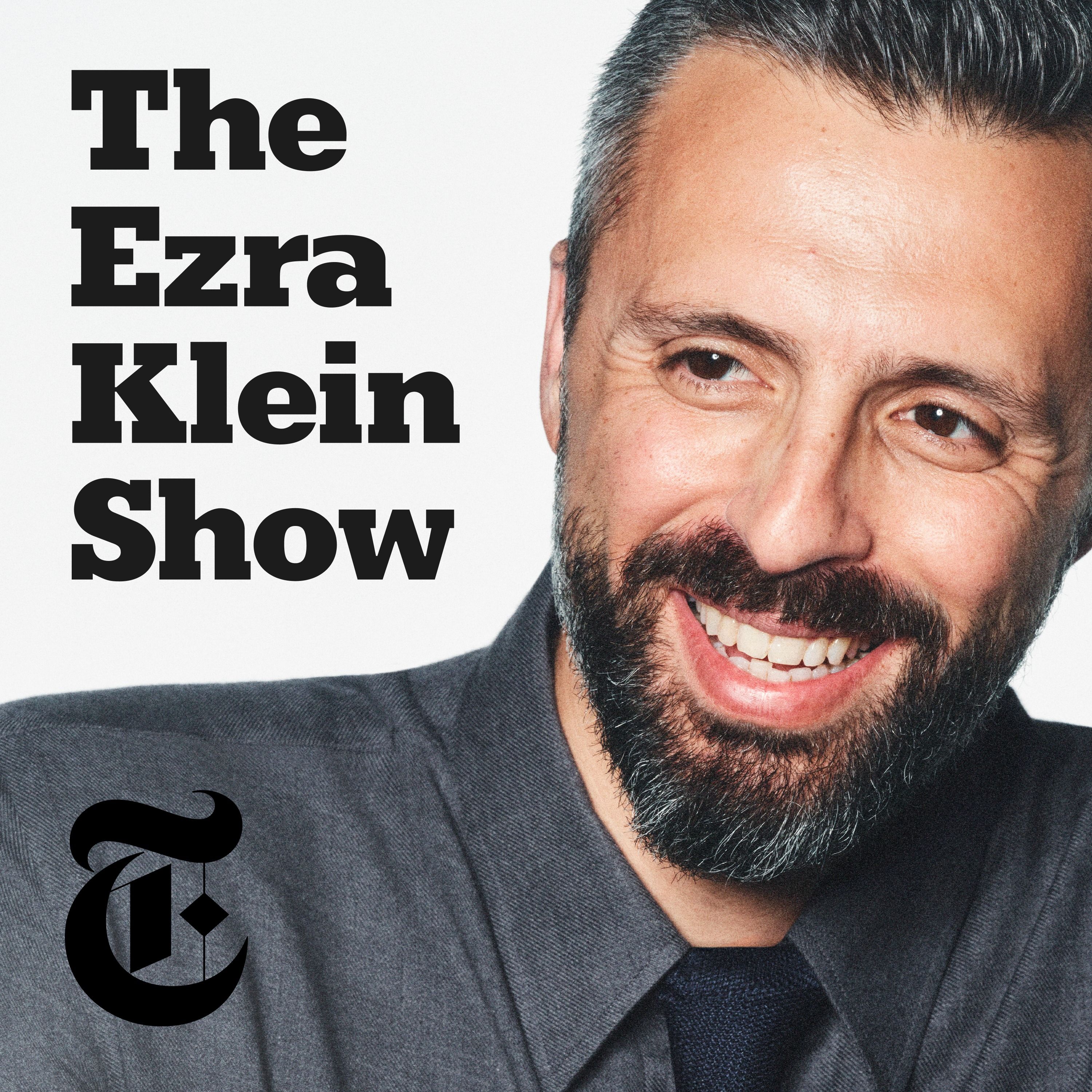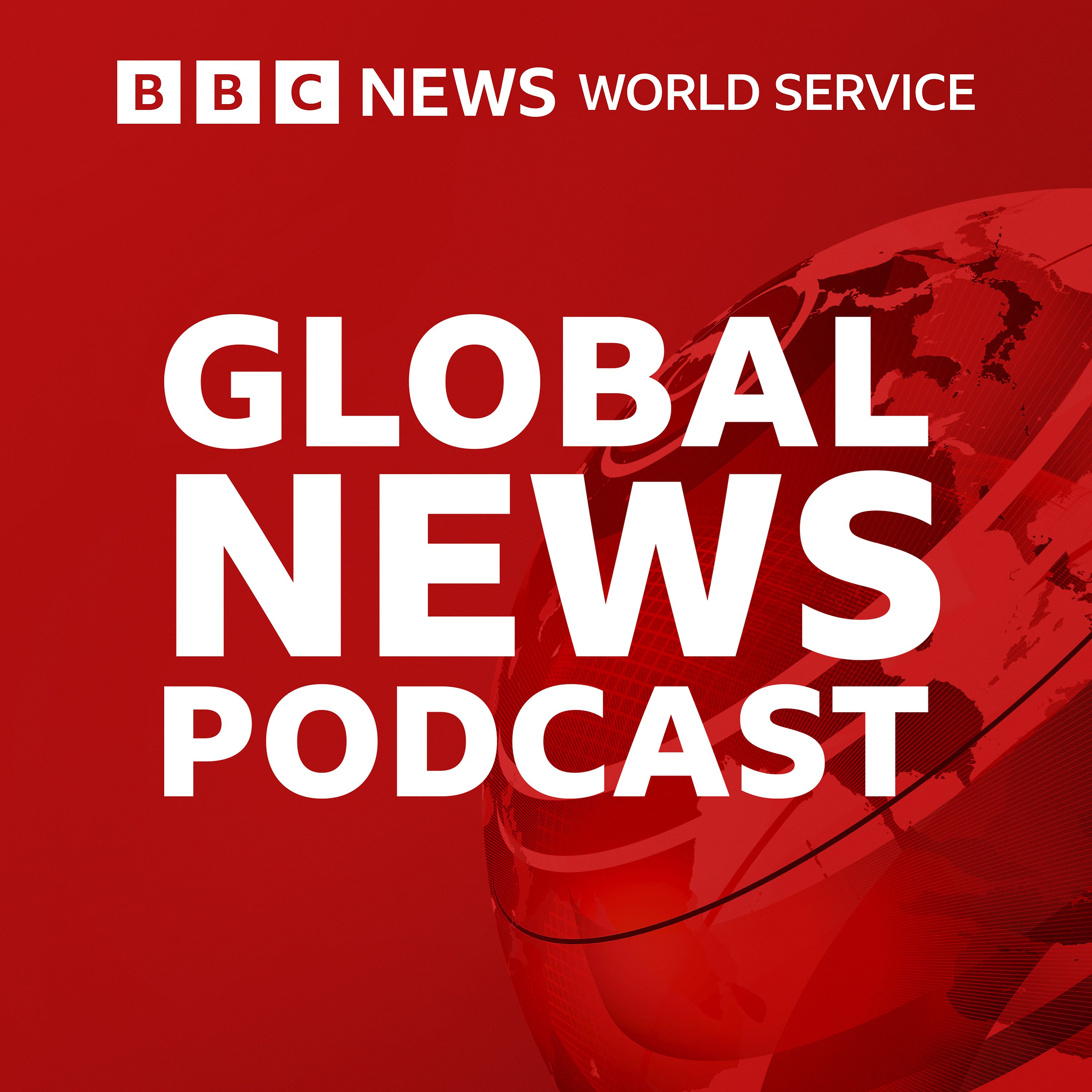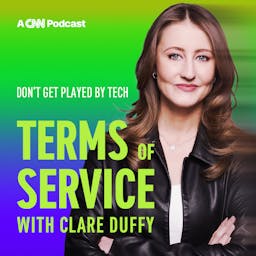
That's Life, I Swear
Every Wednesday, join Rick Barron as he unravels the intricate threads of life's most captivating stories. From heart-pounding political dramas to the awe-inspiring challenges of climate change, he explores the topics that shape our world and define our era.
But this isn't just another talk show. Rick delves deep into the human psyche, examining our beliefs, behaviors, and the obstacles we overcome. He celebrates our triumphs and embraces our imperfections, uncovering the profound lessons hidden in everyday experiences.
The episodes are a journey of self-discovery as he shares stories that mirror our collective identity. These tales aren't just entertaining – they're a reflection of who we are, who we were, and who we aspire to be. They carry the weight of our ancestral legacy, the fire of our dreams, and the depths of our pain.
With each episode, you'll confront your deepest anxieties about yourself, your place in the world, and the future that awaits us all. In understanding these complexities, you'll find inspiration, connection, and perhaps even transformation.
"That's Life, I Swear" isn't just a podcast – it's a weekly rendezvous with the extraordinary nature of ordinary life. Subscribe now, wherever you get your podcasts, and join Rick on this unforgettable exploration of the human experience. After all, that's life, I swear.
That's Life, I Swear
Unmasking Economic Anxiety: Understanding American Pessimism
The perception of the economy among the American public is influenced by a complex interplay of factors, including media coverage, global economic connection, income inequality, political polarization, job insecurity, and psychological factors.
supporting links
1. Consumer Spending [Investopedia]
2. Why Americans are unhappy with the economy, in 3 charts [CBS News]
3. Americans More Upbeat on the Economy, but not Biden [Pew Research Center]
Why aren’t Americans happier about the economy? [The Guardian]
Contact That's Life, I Swear
- Visit my website: https://www.thatslifeiswear.com
- Twitter at @RedPhantom
- Bluesky at @rickbarron.bsky.social
- Email us at https://www.thatslifeiswear.com/contact/
Episode Review
- Submit on Apple Podcast
- Submit on That's Life, I Swear website
Other topics?
- Do you have topics of interest you'd like to hear for future podcasts? Please email us
Interviews
- Contact me here https://www.thatslifeiswear.com/contact/, if you wish to be a guest for a interview on a topic of interest
Listen to podcast audios
- Apple https://apple.co/3MAFxhb
- Spotify https://spoti.fi/3xCzww4
- My Website: https://bit.ly/39CE9MB
Other
- Music ...
⏱️ 9 min read
Hook Text: In a nation where, economic prosperity should inspire confidence and optimism, there's a curious trend baffling economists and everyday Americans alike. Today we’ll discuss this perplexing paradox: Why? Despite a resurgence in spending and indicators of a robust economy, many Americans are feeling disheartened and financially troubled? We’ll uncover the layers of pessimism shrouding the nation's economic landscape, explore the root causes behind this collective unease, and unveil the measures that reveal a hidden resilience in the face of uncertainty. The answers may surprise you. 💸 📈 #economics #ConsumerSpending #consumerbehavior
Welcome to That's Life, I Swear. This podcast is about life's happenings in this world that conjure up such words as intriguing, frightening, life-changing, inspiring, and more. I'm Rick Barron your host.
That said, here's the rest of this story
So, why aren’t Americans happier about the economy?
Despite indicators of economic strength, many Americans harbor concerns about their long-term financial stability, fearing exposure to a spectrum of social and political uncertainties.
There’s a pervasive sense of unease regarding the American economy. There’s talk of the economy being "unstable," while others express a lingering apprehension that tells them: "Even though I'm doing fine now, there's a lingering feeling that it could all vanish in an instant."
This stark separation between widespread pessimism and objective economic metrics is striking. Consumer spending is up, typically indicative of optimism and a tempered inflation rate. Unemployment has remained below 4% for an unprecedented 24 consecutive months, marking the lengthiest streak since the 1960’s and Inflation continues to come under control.
All of this and Americans maintain a sense of skepticism.
The perplexing disparity has left economists, investors, and business owners scratching their heads. During my research on this topic, I looked deeper into the sentiments of Americans, and it becomes clear that the immediate state of the economy is just one piece of the puzzle in their gloomy outlook. Many Americans express dissatisfaction with the economy because they perceive their long-term financial security as precarious, being exposed to a countless number of social and political threats.
Traditionally reliable pathways to economic advancement, such as obtaining a college degree, now appear less promising. Overseas conflicts and the heightened aggression of adversarial nations contribute to a pervasive sense of global instability. Domestically, uninspiring leadership coupled with a government [that being the U.S. Congress for example] that is regarded as dysfunctional, erodes confidence in America's ability to address its challenges.
The overarching reasons behind America's bleak outlook suggest that even further economic improvement may not satisfy the nation's spirits. This sentiment poses a significant obstacle to President Biden's prospects for a second term in an election year. Despite presiding over an economy that has defied recession forecasts, boasting a 3.1% growth rate in the past year—far surpassing 2022's pace—Biden has collected little recognition for this achievement.
It's damn if he does and damn if he doesn’t.
While certain economic indicators hint at a slight uptick in optimism, such as the University of Michigan's consumer sentiment index, which recently registered the largest two-month increase since 1991, the overall sentiment remains subdued. Consumer confidence lags approximately 20% below the levels observed during the robust economy of early 2020, prior to the onset of the Covid-19 pandemic. Moreover, current levels resemble those typically witnessed at the conclusion of a recession, rather than in an economy experiencing robust growth.
Conversations with Americans from various walks of life—some prosperous, others struggling to make ends meet; some highly educated, others employed in manual labor; some aligned with the Republican Party, others with the Democratic Party—reveal a pervasive sense of apprehension about an uncertain world. In this landscape, there's a prevailing sentiment that neither government nor business can navigate the nation through tumultuous times.
As unemployment hovers at 3.7%, what does it matter when surrounded by such uncertainty? Because that's the prevailing sentiment. There's a shortage of hope. There's no sense of unity; instead, it's a feeling of a fractured, divided United States of America.
What exacerbates the American public is the government's continued expenditure coupled with a series of blunders, such as the chaotic withdrawal of U.S. forces from Afghanistan. The lack of confidence in leaders' ability to address complex issues, makes them feel like no matter what public officials tells the public about the economy, they don't really know. Additionally, the American public have doubts because they don't see or hear a coherent plan coming from the government, just sound of crickets.
For many Americans, after paying your mortgage, car payments, groceries, and utility bills, there's little left in the budget. One prioritizes saving for retirement because you doubt the stability of Social Security, recognizing the necessity of being self-sufficient in the future.
Perhaps this notion of not having any hope in the economy isn’t solely economics at play, but a collective sense of dissatisfaction stemming from other non-economic events. Over the past four years, Americans have been inundated with news, literature, and screen portrayals detailing the repercussions and aftermath of a pandemic that claimed the lives of over a million fellow citizens.
· The public witnessed attempts, led by figures like Donald Trump, to overturn the results of a democratically held election in 2020
· There's the ongoing conflict in Ukraine, marking Europe's most severe land war since World War II, has been a constant presence for two years now
· Additionally, since October 7, the Middle East has been engulfed in the worst bloodshed since Israel's war of independence
All this and more, does beg the question: where is the silver lining in this torrent of negativity?
The deluge of negative news can significantly influence general attitudes, including perceptions of the president and the economy, a phenomenon observed in the past.
A case in point is going back to 1967, a period of economic prosperity in the United States.
· Unemployment rates hovered around a steady 3.8%, while CPI [Cost Price Index] inflation averaged 2.8% for the year, figures reminiscent of today's numbers
· However, even with this economic buoyancy, the nation struggled with the Vietnam War tearing at its seams, and still haunted by the memory of President John F. Kennedy's assassination in 1963
· Dealing with the unexpected the subsequent assassinations of Martin Luther King Jr. and Robert F. Kennedy in 1968, which were just two months apart. Racial tensions erupted, starting riots in cities like Los Angeles between 1965 and 1968
· Even with economic prosperity, the prevailing sentiment among Americans during
1967-68 was one of distress, reflective of the current mood today
Another factor contributing to dissatisfaction with the economy is the lag between perception and reality. Economists have long understood that it takes time for public perception to align with actual economic improvements.
Economic Fractures
Despite the strides made by many groups of Americans in the pandemic's aftermath, fractures in the economic landscape have surfaced.
While workers in lower-paying sectors experienced notable wage increases in recent years, overall wage growth is now decelerating, especially for these individuals. Research from the Federal Reserve Bank of Dallas reveals that low-income households bear the brunt of inflation disproportionately, primarily due to a significant portion of their income allocated towards essential expenses like food, fuel, and housing.
Although inflation has moderated considerably from its peak in 2022, it wasn't until mid-2023 that wage growth surpassed the rate of price increases. Consequently, many Americans still struggle with the aftermath of a prolonged period where their earnings failed to keep pace with rising costs.
While the unemployment rate remains at historic lows, layoffs have struck certain sectors of the economy with intensity, including technology and select white-collar professions such as accounting, marketing, sales and more.
Mood Discrepancy
For many economists, the prevailing negative sentiment doesn't accurately mirror the current economic reality for most Americans. "While some negativity about the economy may be warranted, the pessimism reflected in certain survey data seems disproportionate," remarked Jason Furman, a prominent economic adviser to former President Barack Obama.
Historically, fluctuations in inflation and unemployment have been reliable indicators of consumer sentiment, and recent price surges has undoubtedly unsettled consumers. However, Furman believes this alone isn't sufficient justification for the widespread negativity towards the economy.
Many Americans attribute their anxiety about the future to structural economic shifts. The erosion of company pensions has shifted the burden of retirement funding from employers to employees. Moreover, the perception of a college degree as a guaranteed pathway to the middle class has been questioned, if not even being considered anymore.
A Journal-NORC survey found that 78% of Americans lack confidence that their children's lives will surpass their own, a record high since 1990. Similarly, faith in the American dream— the belief that hard work leads to success— has dwindled, with only 36% endorsing it compared to 53% a decade ago.
Political Bias
A significant factor influencing the prevailing pessimism towards the economy is the partisan lens through which many Americans perceive it. Optimism tends to surge among individuals aligned with the party in power.
Leading up to the 2016 election, only 11% of Republicans regarded the economy as excellent or good, according to CNBC polling. However, this figure jumped to 26% immediately after the election, even before Donald Trump's inauguration, and surged to 73% within a year. Conversely, Democratic sentiment towards the economy soured over the same period.
Analysts observe that this partisan skew in economic perceptions is particularly pronounced with Biden in the White House. Republicans are inclined to adopt a more antagonistic stance when their party is not in control.
Stanford University economics professor Neale Mahoney, alongside Ph.D. student Ryan Cummings, highlighted this phenomenon in a November Substack post. They noted that Republicans tend to vocalize their support more enthusiastically when their party holds power, contrasting with their heightened criticism when their party is out of control. Through analytical adjustments, Mahoney and Cummings estimated that around 30% of the gap in consumer sentiment between political parties could be attributed to what they termed "asymmetric amplification" of sentiment based on party affiliation.
In a parallel study, analysts at the Brookings Institution found that coverage of the economy in legacy news media outlets like the Atlanta Journal-Constitution, the Washington Post, and The Wall Street Journal tended to be more negative than expected based on actual economic indicators.
Research by Ben Harris, former chief economist in the Biden administration's Treasury Department, and Aaron Sojourner revealed that the San Francisco Fed's index of daily news sentiment, which tracks the positive or negative tone of economic news stories, correlated closely with measures of unemployment, GDP, inflation, and stock prices for decades. However, since 2018, news sentiment has turned increasingly negative relative to economic fundamentals, a trend that has intensified during the Biden administration.
Despite the absence of broadcast media in their study, which often exhibits partisan bias, the researchers did not establish a causal link between negative news coverage and lower consumer sentiment.
Michael Strain, director of economic policy studies at the conservative American Enterprise Institute, emphasizes that people's daily experiences with the economy largely explain the prevailing disconnect. While he acknowledges some disparity between sentiment and economic fundamentals, he attributes much of it to the corrosive effects of inflation, given its pervasive impact and the public being accustomed to minimal price increases in recent years.
"When people express discontent about the economy, we should take their sentiments seriously," Strain remarked.
Amid Lingering Uncertainty
Yet, despite the positive signs of economic recovery, many remain skeptical about the nation's trajectory post-pandemic, characterizing the proverbial light at the end of the tunnel as still elusive. There are broader concerns about America's condition, attributing its woes to political leaders prioritizing party interests over national welfare.
Political instability, coupled with global and economic uncertainties, cast a shadow over this nation. The prevailing sentiment isn't merely a reflection of moderating inflation but rather a lingering apprehension symbolized by what is termed as "dark clouds" on the horizon.
Earlier in this podcast I mentioned Stanford researchers Ryan Cummings and Neale Mahoney
They presented an intriguing study corroborating long-held economic theories, accompanied by insightful estimations. Their findings suggest that the detrimental impact of inflation on the University of Michigan's Consumer Sentiment Index, typically persists for approximately two years before dissipating. According to their analysis, if inflation reduces the sentiment index by 10 points this year [2024], the reduction will diminish to about 7 points next year [2025] and less than 1 point the following year [2026].
Should this historical trend persist between 2022 and 2024, and assuming inflation remains subdued, we could anticipate a notable improvement in sentiment this year. Encouragingly, recent trends seem to align with this projection, with the Consumer Sentiment Index experiencing a significant uptick in the past two months after languishing since 2021.
This emerging positive trend offers a glimmer of hope, and one can only hope it continues to unfold in the coming months. Hopefully, this may turn the pessimistic to being more optimistic. [
What can we learn from this story? What's the takeaway?
The outlook of the economy among the American public can be influenced in many ways.
That said, the perception of the economy among the American public is influenced by a complex interplay of factors, including media coverage, global economic connection, income inequality, political polarization, job insecurity, and psychological factors. Even when objective economic indicators suggest improvement, negative outside events or disparities in economic outcomes can contribute to a persistently negative outlook among certain segments of the population.
Well, there you go, my friends; that's life, I swear
For further information regarding the material covered in this episode, I invite you to visit my website, which you can find on Apple Podcasts, for show notes calling out key pieces of content mentioned and the episode transcript.
As always, I thank you for the privilege of you listening and your interest.
Be sure to subscribe here or wherever you get your podcast so you don't miss an episode. See you soon.
Podcasts we love
Check out these other fine podcasts recommended by us, not an algorithm.

TED Talks Daily
TED
WTF with Marc Maron Podcast
Marc Maron
The Ezra Klein Show
New York Times Opinion
Hard Fork
The New York Times
Global News Podcast
BBC World Service
The Moth
The Moth
Bold Names
The Wall Street Journal
The Interview
The New York Times
The Rachel Maddow Show
Rachel Maddow, MS NOW
Most Innovative Companies
Fast Company
